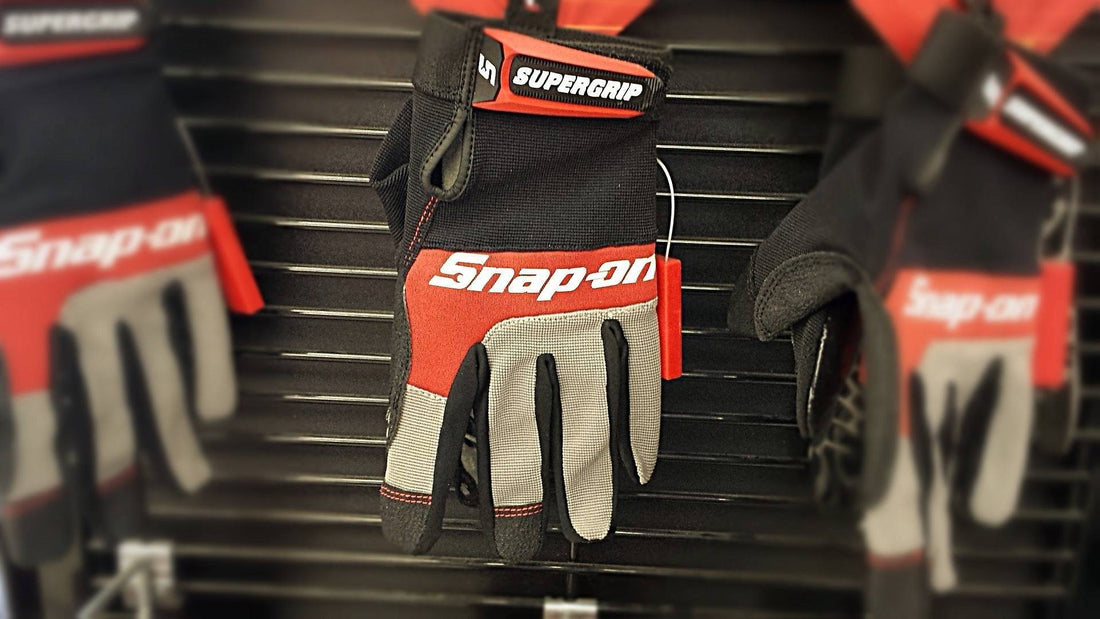
Maximizing Protection and Comfort: Exploring the Latest Innovations in Cut-Resistant Safety Gloves
In today’s world, prioritizing safety has become paramount, whether you’re employed in an industrial environment, a high-risk profession, or simply a conscientious individual. When it comes to safeguarding yourself against potential hazards and injuries, selecting the appropriate gloves is of utmost importance. Among the various types of gloves available, cut-resistant gloves have garnered significant attention in recent times. These gloves are specifically designed to provide exceptional protection against sharp objects such as blades, all while ensuring optimal comfort and dexterity for the wearer.
In this guide, we’ll explore the importance of choosing the right safety gloves for industry working and discuss the latest innovations in cut-resistant safety gloves.
Significance of Safety Gloves in Industrial Settings
Many job roles involve handling sharp tools or working with materials that can pose a risk of lacerations and cuts. In such scenarios, equipping workers with appropriate safety gloves becomes essential to prevent injuries and maintain productivity.
Safety gloves act as a protective barrier between the hands and potential hazards in industrial settings. They offer protection against cuts, abrasions, punctures, and chemical exposures. By wearing safety gloves, workers minimize the risk of injury, enhance their grip, and improve overall work performance. However, not all gloves provide the same level of protection, which is why choosing the right type of work gloves Canada is crucial.
Understanding Cut-Resistant Safety Gloves
Cut-resistant safety gloves have a specific design to protect against sharp objects and reduce the risk of lacerations. These industrial safety gloves are made from various cut-resistant materials that offer different levels of protection. When selecting cut-resistant gloves, it’s important to consider the type of materials used and the safety ratings they adhere to.
Types of Cut-Resistant Materials
Manufacturers typically construct cut-resistant gloves using materials such as:
- High-performance Polyethylene (HPPE)
- Aramid fibers (e.g., Kevlar)
- Stainless steel mesh
- Glass fibre
- Composite yarns
These materials offer varying levels of cut resistance, flexibility, and durability.
Latest Innovations in Cut-Resistant Safety Gloves
The continuous advancement of technology has led to remarkable innovations in cut-resistant safety gloves, enhancing both protection and comfort for workers. Manufacturers are consistently developing new materials and technologies to improve the performance of these gloves. Some notable innovations include:
Advanced Materials and Technologies
New materials like Dyneema Diamond Technology and SuperFabric are revolutionizing the cut-resistant glove industry. Dyneema Diamond Technology offers superior cut resistance while preserving flexibility and comfort. SuperFabric integrates tiny guard plates into the gloves, providing increased protection against sharp objects.
Enhanced Dexterity and Comfort
Innovations in glove design have focused on improving dexterity and comfort without compromising protection. Ergonomic designs, anatomical shaping, and seamless construction allow workers to maintain their grip and perform intricate tasks with ease. Additionally, breathable fabrics and moisture-wicking properties contribute to enhanced comfort during prolonged use.
Durability and Longevity
Demanding work environments subject cut-resistant gloves to rigorous use. Manufacturers have developed gloves with reinforced areas, double stitching, and additional layers in high-wear areas to improve durability and extend glove lifespan. These innovations ensure that gloves remain effective and cost-efficient.
Conclusion
In conclusion, we hope that by exploring the different materials, safety ratings, and latest advancements in cut-resistant safety gloves, industries can make well-informed choices that prioritize the safety of their workers while maintaining productivity.







